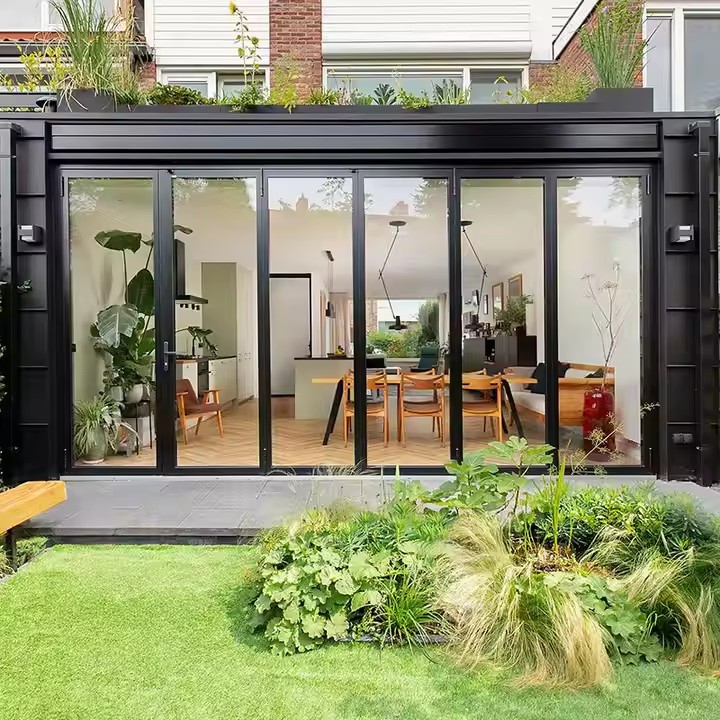I. Appearance Design
A. Diversified Styles
Modern Simple Style: Casement windows of this style have simple and smooth lines. The window frames can be designed with narrow borders, and the colors are mainly neutral colors such as black, white, and gray. For example, black – framed casement windows with narrow borders and transparent glass can create a simple and elegant visual effect, which is suitable for modern – style buildings and decorations and meets the preferences of consumers who pursue simplicity and fashion. The styles of casement windows are diverse and changeable. Casement windows that customers like should be manufactured according to customers’ needs. Styles favored by the market can also be screened out according to current market trends, and popular styles can be summarized and used for reference to manufacture casement windows that consumers like.
European Classical Style: For consumers who like European – style, casement windows with complex carvings or decorative lines can be designed. The color of the window frame can be gold, bronze or other textured colors. The glass can be colored glass with patterns, such as the colored – glass patterns in the style of a church, adding elegance and magnificence to the building.
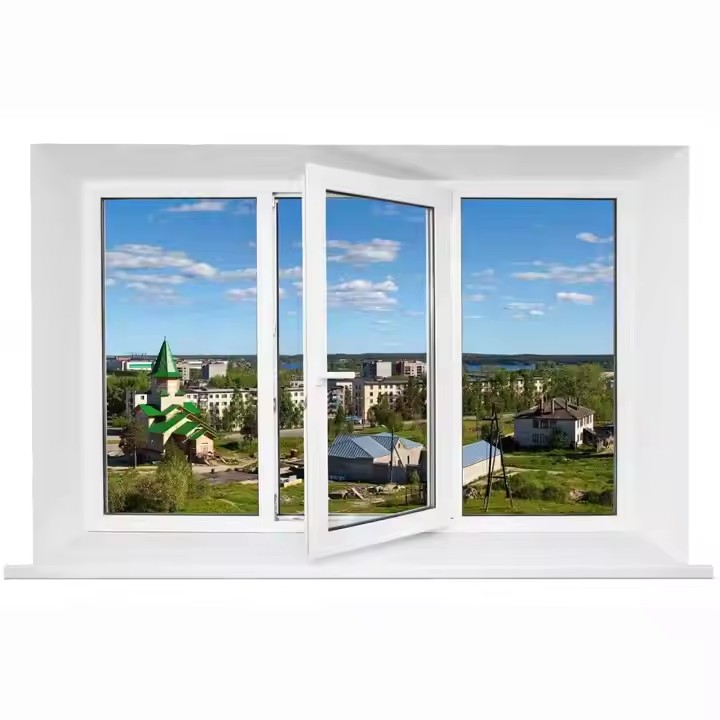
The European – style is very grand and elegant. Generally, the window frames are gold – colored, and there are patterns on the outer edges of the window frames, that is, some medieval – style retro patterns, which improve the aesthetics and design sense of the interior and exterior and give people a beautiful visual feeling and experience.
Chinese – style: Incorporate traditional Chinese elements, such as Chinese – style window lattice patterns. The window frames can be made of wood, and the colors can be dark brown or vermilion, reflecting the simplicity and charm of Chinese – style. Casement windows of this style are suitable for Chinese – style courtyards, villas and other buildings and cater to consumers who have a preference for traditional culture. The Chinese – style represents the inheritance and belief of traditional culture. The rise of Chinese – style is the recognition of Chinese culture.
b、Color Matching
Personalized Color Selection: In addition to common colors, more personalized color options should be provided. For example, an annual color series can be launched according to the trend of fashionable colors. Casement windows in the Morandi color system, for example, have soft and high – class colors and can be integrated with various decoration styles, providing consumers with more collocation possibilities.
Two – Color Design: Different colors can be used for the inside and outside of the window frame to meet the needs of different interior and exterior decoration styles. For example, the color of the window frame on the indoor side is consistent with the indoor decoration tone, and the color of the window frame on the outdoor side is matched according to the color of the building’s exterior facade to enhance the overall coordination.
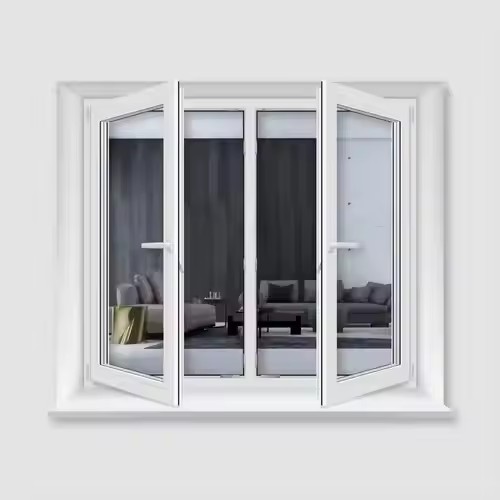
II. Functional Design
A. Energy – saving Performance
Multi – layer Glass Design: Double – or triple – glazed insulating glass can be used, and inert gases such as argon can be filled in the middle. This design can effectively reduce heat conduction and improve the heat – preservation performance of the windows. For example, in the cold northern regions, triple – glazed insulating glass casement windows can reduce the loss of indoor heat and reduce heating costs, which is very popular among consumers.
Application of Low – E Glass: Low – E (low – emissivity) glass can reflect infrared rays, reducing the amount of outdoor heat entering the room in summer and preventing the loss of indoor heat in winter. For consumers who focus on energy – saving and environmental protection, casement windows with Low – E glass are a good choice.
B. Sound – insulation Effect
Sealing Design: Optimize the sealing structure of the windows and use high – quality sealing strips, such as ethylene – propylene – diene monomer (EPDM) rubber sealing strips. The shape of the strips can be designed as multi – channel seals to enhance the sound – insulation performance of the windows. For example, in houses near roads or in noisy environments, well – sound – insulated casement windows can provide consumers with a quiet living environment.
Glass Configuration to Enhance Sound – insulation: In addition to insulating glass, laminated glass can also be used. The film in the middle of the laminated glass can effectively absorb and block sound and has a good filtering effect on low – frequency noise. It is suitable for use in areas with complex noise environments such as near airports and railways.
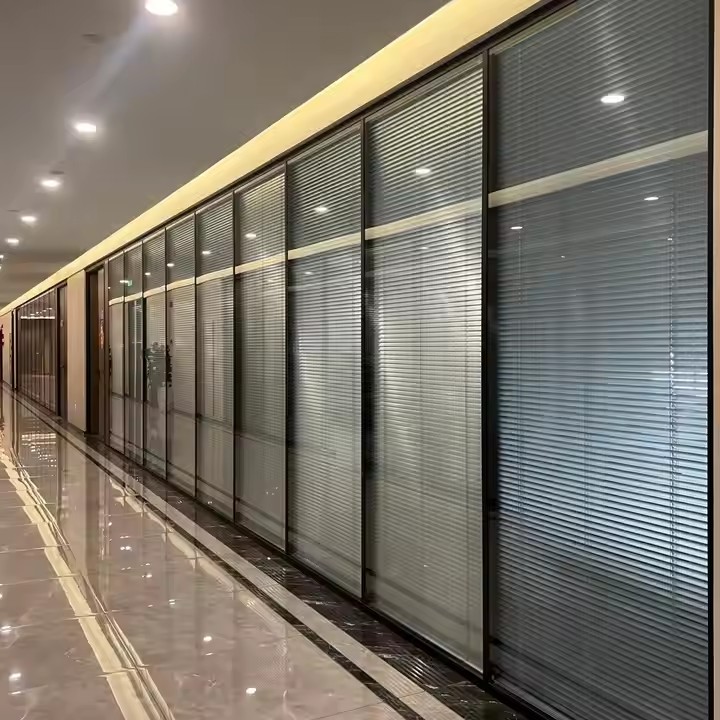
C. Flexible Opening Modes
Inward – opening and Tilting Design: The inward – opening and tilting casement window can be opened inward like an ordinary casement window, and it can also be tilted inward to open. When it is opened by tilting inward, the ventilation effect is good, rain can be prevented from entering the room, and it also has a certain anti – theft function and high safety. This opening mode is suitable for consumers in high – rise residences.
Design of Large – sized Opening Sashes: According to consumers’ needs, larger – sized opening sashes can be designed to enhance the ventilation and lighting effects. For example, in a large – space area such as a living room, a casement window with a large – sized opening sash can make the indoor air circulate better and make the space brighter and more comfortable.
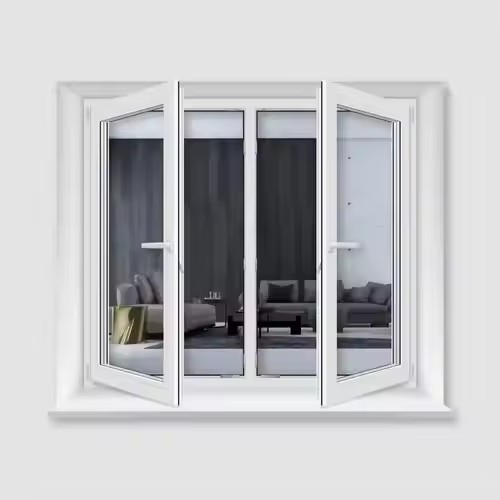
III. Safety Design
A. Quality of Hardware Accessories
High – quality Hinges and Handles: High – strength stainless – steel hinges should be selected to ensure the smoothness and stability of the window when it is opened and closed. The handle design should conform to ergonomics, which is convenient for consumers of different age groups to use. At the same time, it should have sufficient strength to prevent breakage. For example, a handle with anti – slip texture has a comfortable hand – feeling and can withstand a certain external force.
Multi – point Locking System: Install a multi – point locking system to enhance the anti – theft performance of the window. When the window is closed, multiple locking points are locked at the same time, making it difficult to pry the window from the outside. This safety design is an important consideration factor for consumers with a strong sense of family security.

